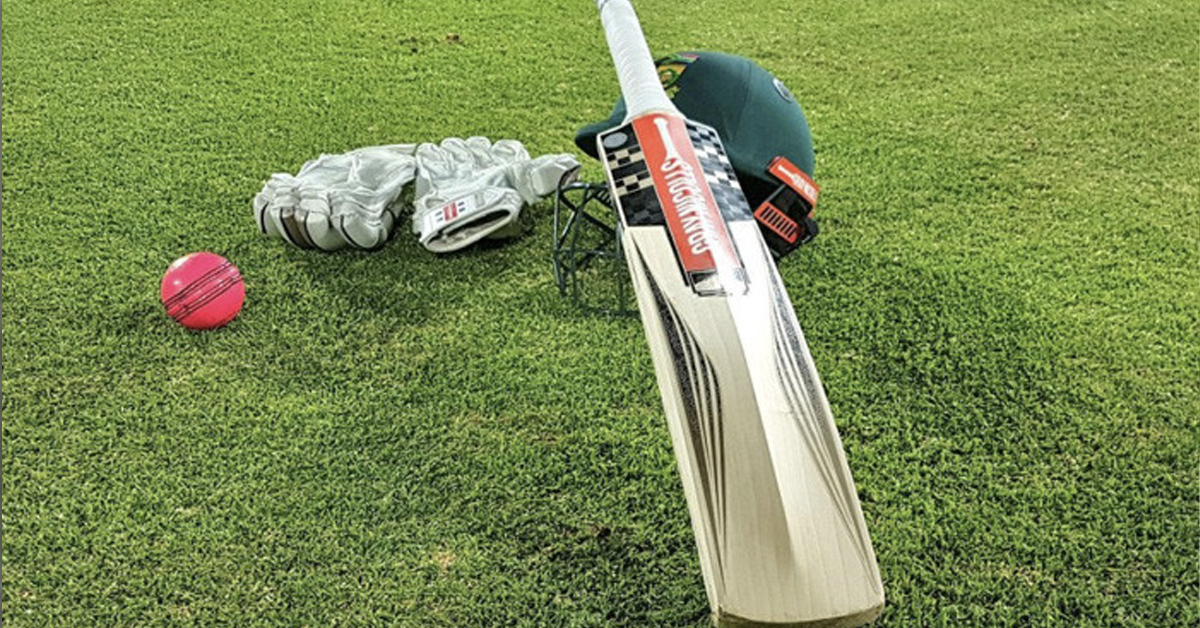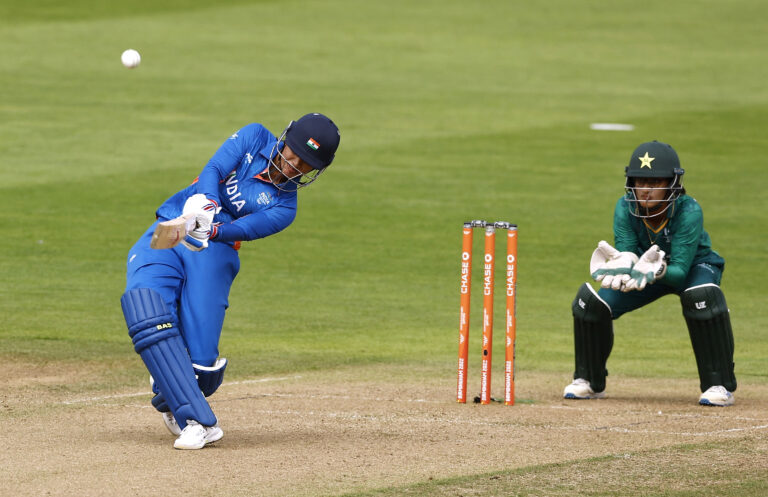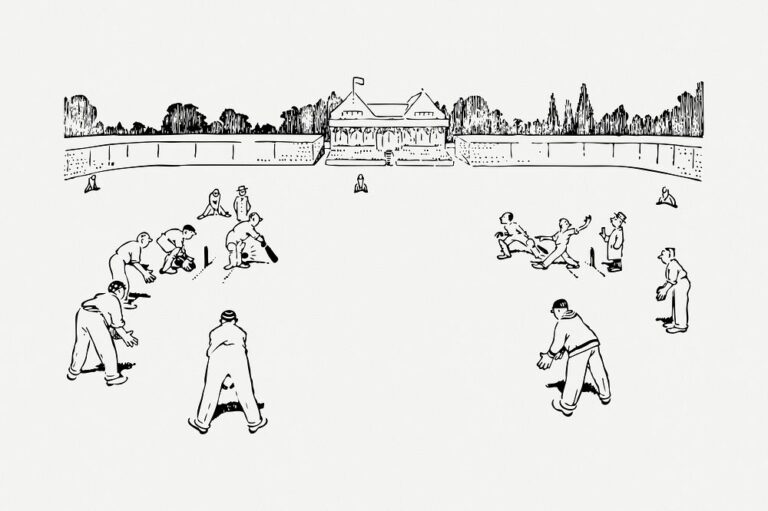Exploring the Science Behind Cricket Pitch Preparation
Sky247, Betbook247: When preparing a cricket pitch, soil composition plays a crucial role in determining the overall performance and quality of the playing surface. The type of soil used can significantly impact factors such as ball speed, spin, and bounce, ultimately influencing the outcome of the game. Different soil compositions, such as clay, loam, and sand, offer varying levels of grip and support to both bowlers and batsmen, requiring careful consideration during pitch preparation.
The composition of the soil affects not only how the ball behaves on the pitch but also how well the surface can withstand wear and tear throughout the match. A well-balanced soil composition helps maintain pitch integrity and ensures a consistent playing surface that facilitates fair competition between teams. Groundsmen and pitch curators must meticulously analyze and adjust the soil composition to create a pitch that meets the specific requirements of the game and enhances the playing experience for all participants.
Factors Influencing Pitch Firmness and Bounce
The soil composition of a cricket pitch plays a critical role in determining the firmness and bounce of the pitch. The amount of clay, silt, and sand present in the soil directly influences how hard or soft the pitch will be. A high clay content tends to result in a firmer pitch that offers more bounce to the bowlers, while higher sand content can lead to a softer pitch with less bounce.
In addition to soil composition, the level of moisture in the pitch also significantly impacts its firmness and bounce. A pitch that is excessively dry may become hard and provide inconsistent bounce, making it challenging for the bowlers to predict the ball’s movement. On the other hand, a pitch that is too wet can become soft and slow, reducing the bounce and favoring the batsmen. Balancing the moisture content is crucial for maintaining the ideal firmness and bounce of the pitch for an exciting cricket match.
• High clay content results in a firmer pitch with more bounce
• Higher sand content leads to a softer pitch with less bounce
• Excessively dry pitches can provide inconsistent bounce
• Too wet pitches can become soft and slow, favoring batsmen
• Balancing moisture content is crucial for maintaining ideal firmness and bounce
The Role of Grass Length in Pitch Performance
The grass length on a cricket pitch plays a crucial role in determining the performance of the pitch during a match. It directly affects various aspects such as the speed, bounce, and movement of the ball. A shorter grass length typically results in a faster pitch with more bounce, which can benefit fast bowlers as the ball travels quickly off the surface.
On the other hand, a longer grass length slows down the pitch and reduces the bounce, making it more conducive to spin bowlers. The additional grass provides grip to the spinners, allowing them to impart more spin and variations on the ball. Groundsmen carefully maintain the grass length based on factors like weather conditions, desired pitch characteristics, and the playing style of the team to ensure a balanced and fair playing surface for both bowlers and batsmen.
Why is soil composition important in cricket pitch preparation?
Soil composition affects the firmness and bounce of the pitch, ultimately impacting the performance of the game.
What are some factors that influence pitch firmness and bounce?
Factors such as soil type, moisture content, compactness, and grass length all play a role in determining the firmness and bounce of a cricket pitch.
How does grass length affect pitch performance?
Grass length can influence the amount of grip and turn that bowlers can achieve, as well as the level of seam movement for fast bowlers. It can also impact the speed of the pitch and the behavior of the ball.
Are there specific guidelines for grass length on cricket pitches?
While there are no strict rules, maintaining an optimal grass length based on pitch conditions and desired gameplay can help achieve the best performance on the pitch.
How can groundsmen ensure the best grass length for pitch performance?
Groundsmen should regularly monitor and adjust the grass length based on factors such as weather conditions, desired bounce and pace, and the type of game being played. Regular mowing and trimming can help maintain the ideal grass length for optimal pitch performance.







